Gavi's impact in 2023 in seven key statistics
In the time it takes you to read this article, six people’s lives will have been saved by Gavi-supported vaccines. Here are seven statistics on Gavi’s impact in 2023.
- 1 October 2024
- 5 min read
- by Gavi Staff
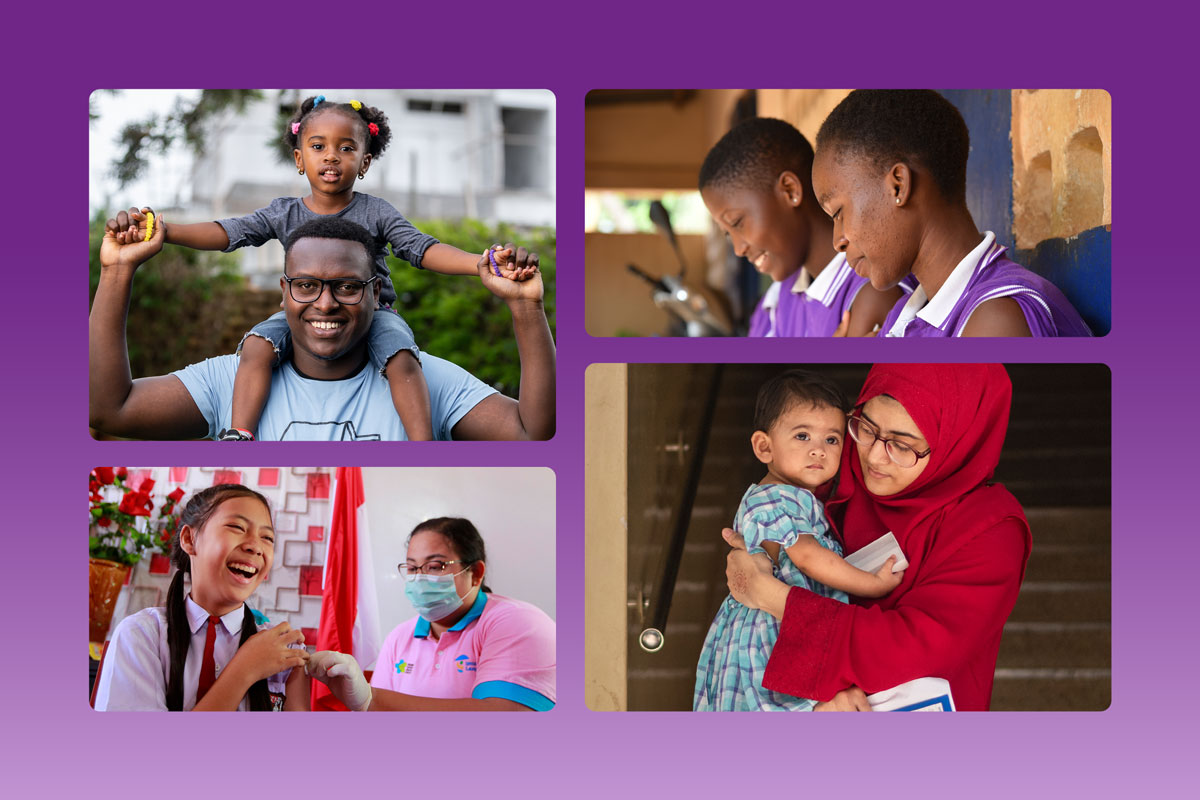
Last year showed that investing in vaccines remains one of the best ways of protecting us from deadly illnesses. The world is a very different place from when Gavi was formed in 2000. Climate change, population displacement and conflict are making it challenging to deliver vaccines, but Gavi and its partners have developed agile processes to reach more children than ever with life-saving immunisation.
Gavi’s 2023 Annual Progress Report charts recent progress and highlights the scale of the challenges ahead. Here are seven key statistics outlined in the report.
1. 1.3 million deaths prevented by Gavi-supported vaccines in 2023
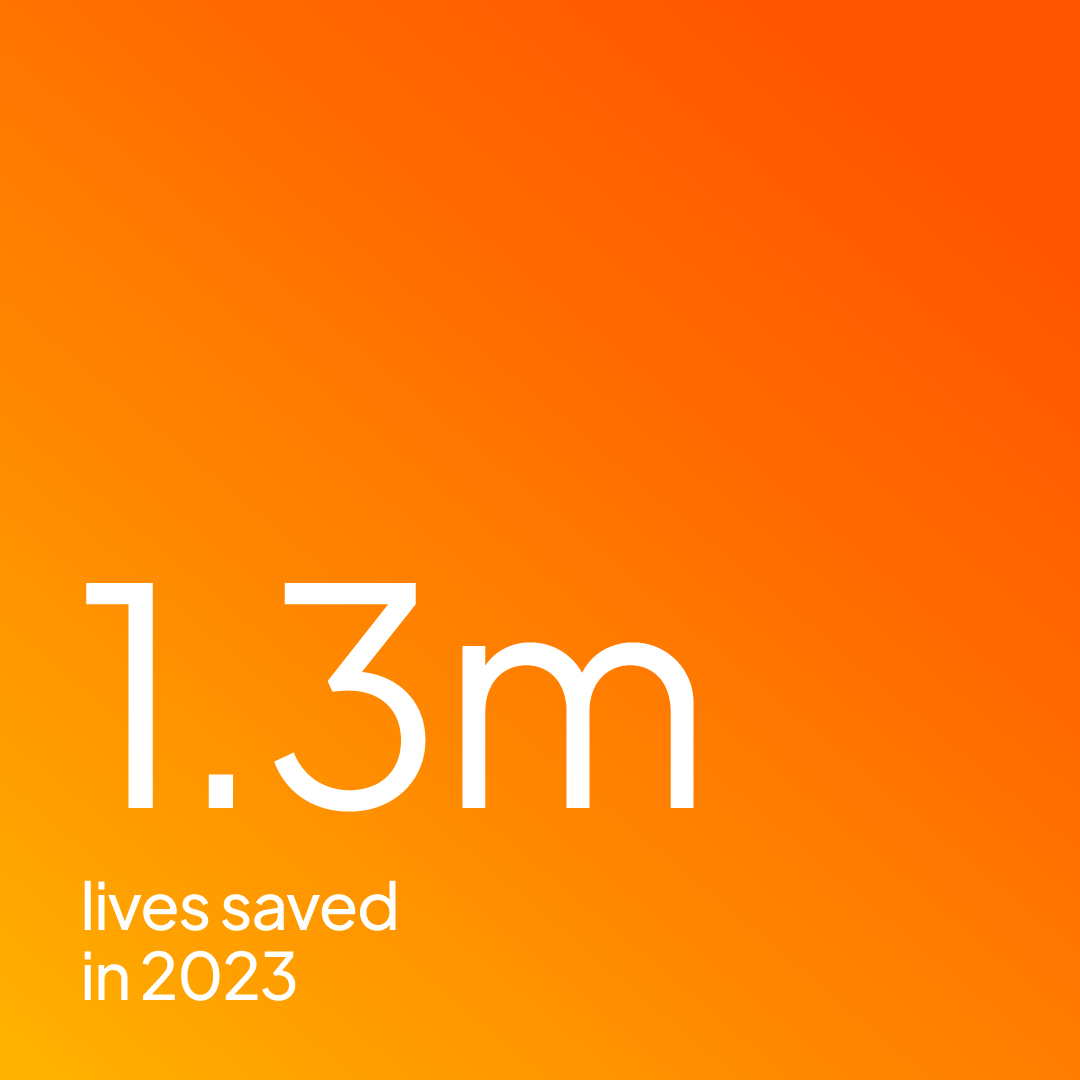
In the time it takes you to read this article, six people’s lives will have been saved by Gavi-supported vaccines. Despite challenges in reaching children with vaccines during the COVID-19 pandemic, Gavi-supported countries continue to have higher coverage rates for vaccines against pneumococcus, rotavirus and Haemophilus influenzae type b (Hib) than the rest of the world.
In 2023, Gavi massively stepped up its HPV vaccination programme, with more girls protected against cervical cancer than in the entire preceding decade. More than 14 million girls were fully immunised with HPV vaccine with Gavi support in 2023 – more than the previous ten years combined (with over 605,000 future cervical cancer deaths averted between 2014 and 2023). Coverage of the last dose in the schedule of HPV vaccine (HPVC) has increased substantially among Gavi countries, from a revised estimate of 4% in 2019 to 8% in 2022 and doubling to 16% in 2023.
2. From 2000 to 2023, more than 1.1 billion children have been immunised with Gavi support

This goal was set for 2025 but had already been met by end 2023. In 2023, after concerning disruptions to routine immunisation during the pandemic, Gavi-supported countries immunised the second-highest number of children ever – only slightly below 2019 levels.
The under-five mortality rate in Gavi countries fell from 55.3 to 53.6 deaths per 1,000 live births between 2021 and 2022 – a 9% reduction from the baseline in 2019. This puts Gavi on track to achieve a 10% reduction by 2025.
However, despite this progress, the fact remains that in 2023 the number of children who never receive a single vaccine as part of their routine immunisation programme ('zero-dose' children) was 11 million in 2023. Although this has come down from a peak of 12.5 million in 2021, it is still significantly higher than 9.3 million in 2019.
3. 637 vaccine introductions and vaccine campaigns since 2000
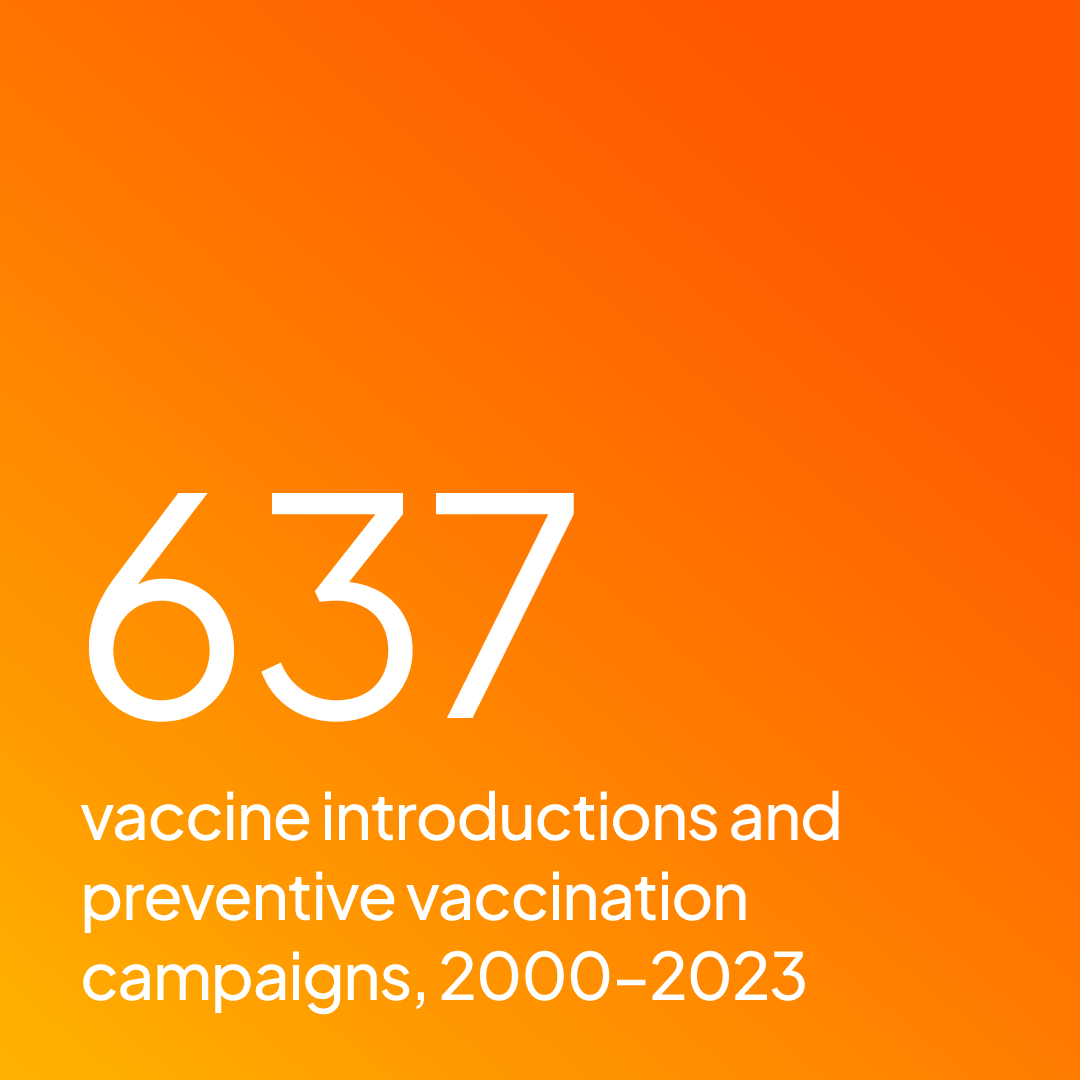
These include not just routine immunisation roll-outs, which are essential to protecting children from deadly illnesses, but also emergency vaccine campaigns that require an agile response.
In addition, in 2023 15 countries accessed cholera, meningococcal and yellow fever vaccines through Gavi-supported emergency stockpiles.
4. More than 18.8 million future deaths averted
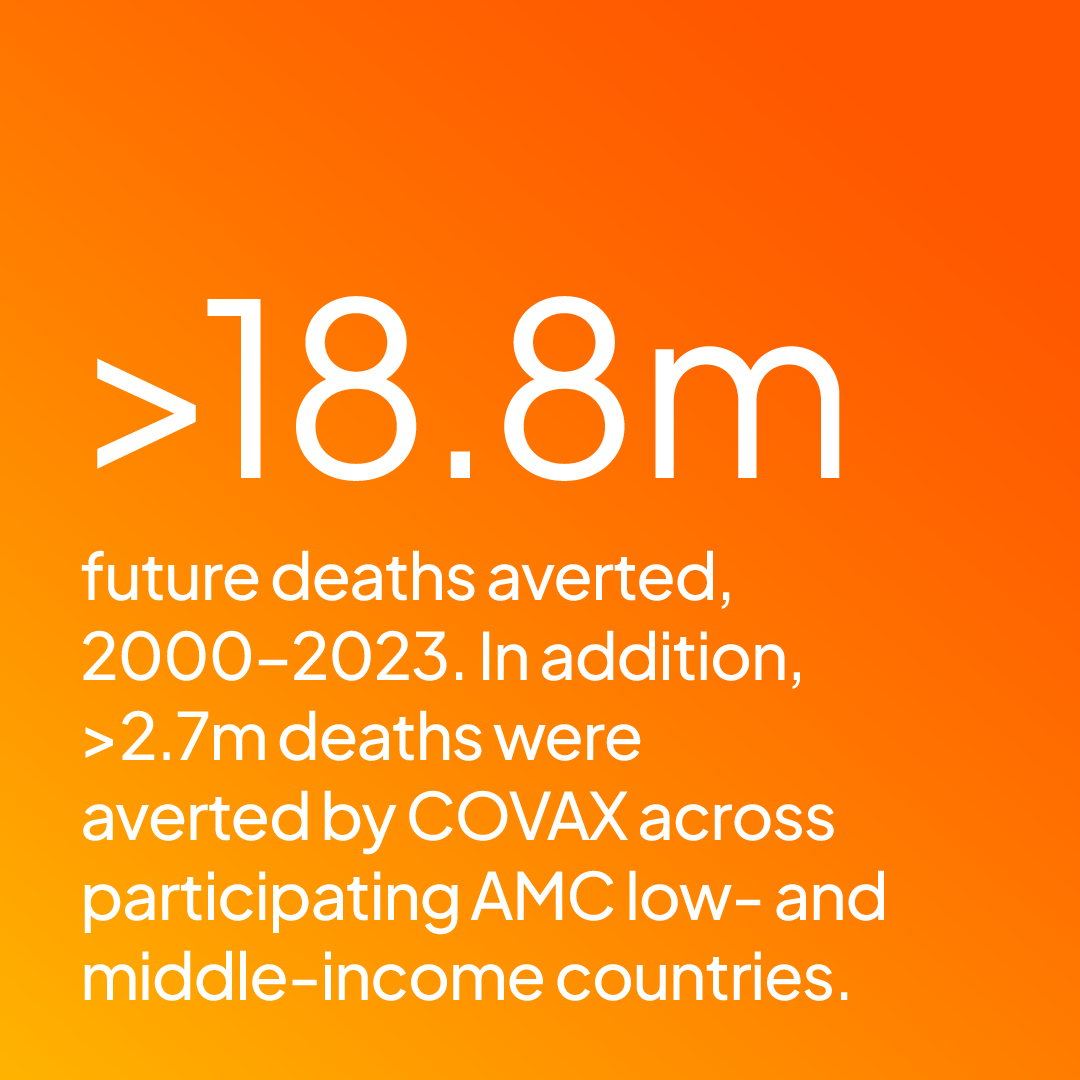
By the end of 2023, more than 3.7 million future deaths had been prevented since 2021 alone. Cumulatively since 2000, over 18.8 million deaths have been averted.
Even when vaccine-preventable diseases are not fatal, they can cause disabilities that can devastate lives, especially in countries where there is little infrastructure or economic provision available to people with disabilities.
Disability-adjusted life years (DALYs) measure the number of healthy years of life lost to disability or premature death. By the end of 2023, 180 million future DALYs had been averted since 2021.
5. Over US$ 250 billion in economic benefits since 2000
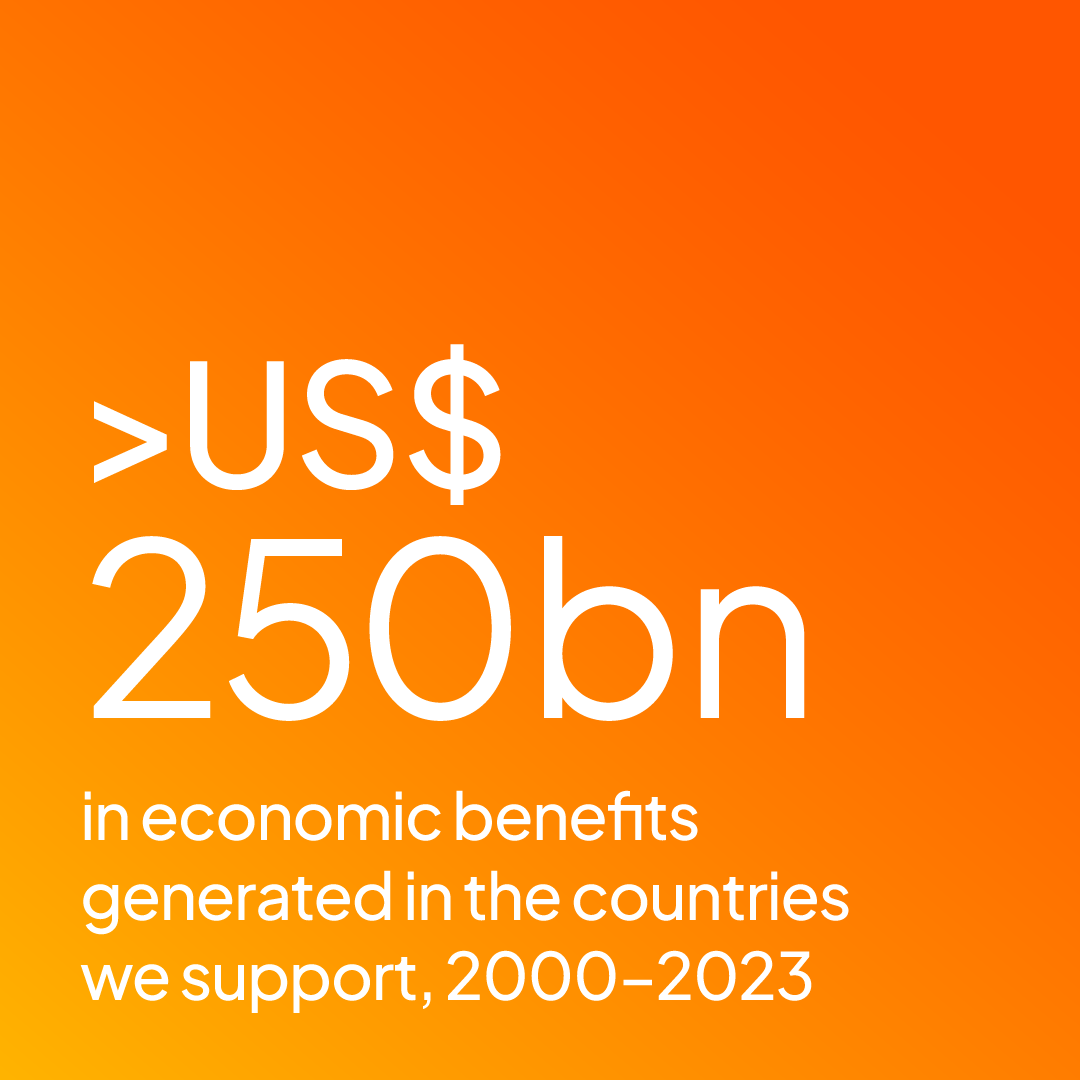
Illness and death are one of the biggest financial costs to a population, in medical and associated costs, caretaker wages, and loss of earnings and productivity.
By averting illness and death, vaccines have saved countries over US$ 250 billion since 2000.
The data also shows how valuable an investment immunisation is. A study of 73 Gavi-supported countries shows that for every US$ 1 spent on vaccines from 2021 to 2030, US$ 21 are saved in health care costs, and lost wages and productivity due to illness and death. Add to this the broader societal value of lives saved and people living longer and healthier lives, and the return on investment is estimated to be US$ 54 for every US$ 1 spent.
6. Countries co-financed Gavi-supported vaccines at US$ 215 million – the largest amount so far
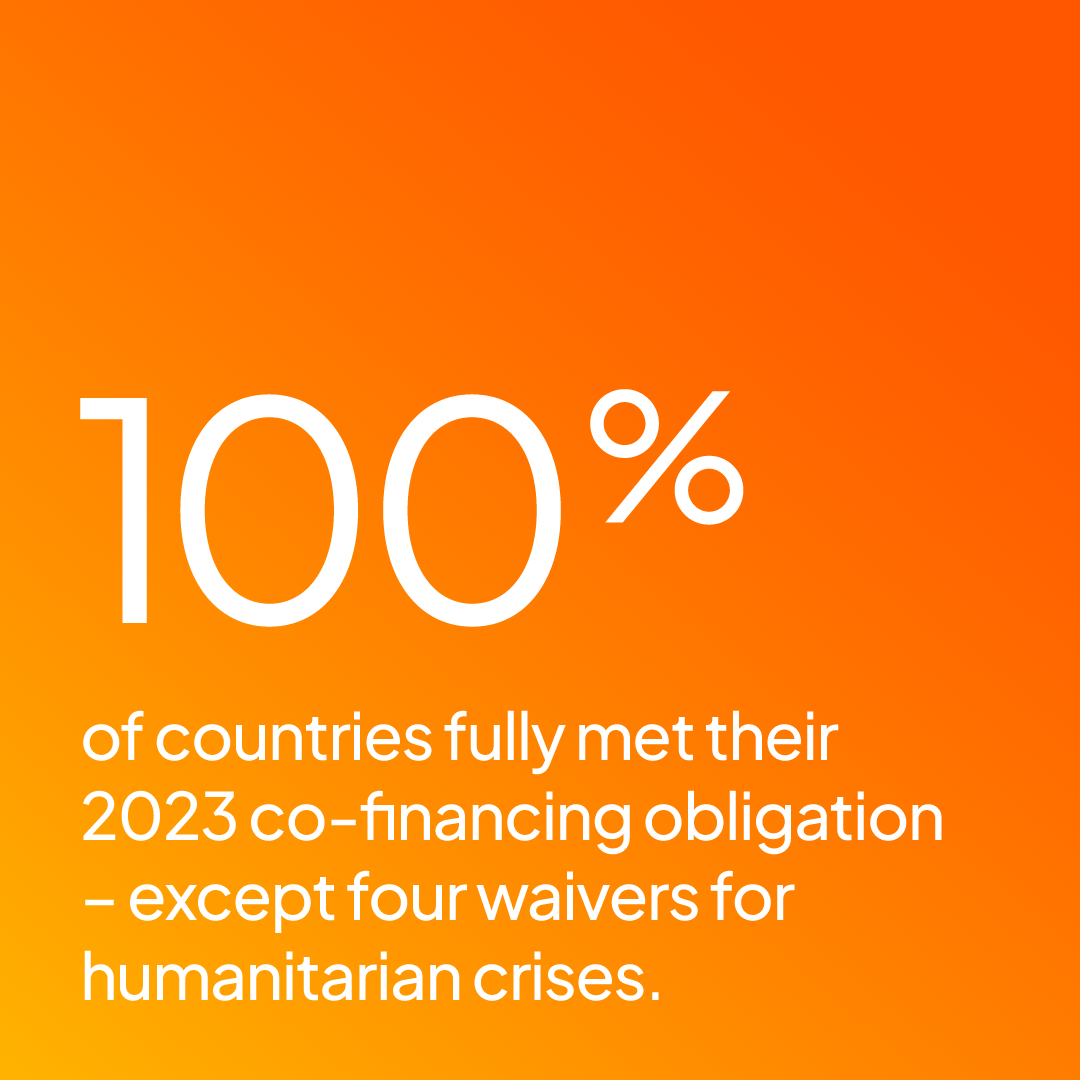
Gavi’s model is designed to encourage sustainability and sovereignty for countries, with governments paying more towards their own vaccine programmes as their GDP increases.
This model is showing results: countries are now contributing more than ever to the cost of their immunisation programmes, with these co-financing payments in 2023 surpassing US$ 200 million for the first time. Bar four waivers for humanitarian crises, every Gavi partner country met its co-financing obligation in 2023.
Since 2008, countries have co-financed a total of US$ 1.7 billion. And 55 vaccine programmes originally introduced with Gavi funding are now self-financed by countries as of 2023, up from 40 in 2018.
7. Nineteen manufacturers supplied Gavi-supported vaccines – more than half based in low- and middle-income countries
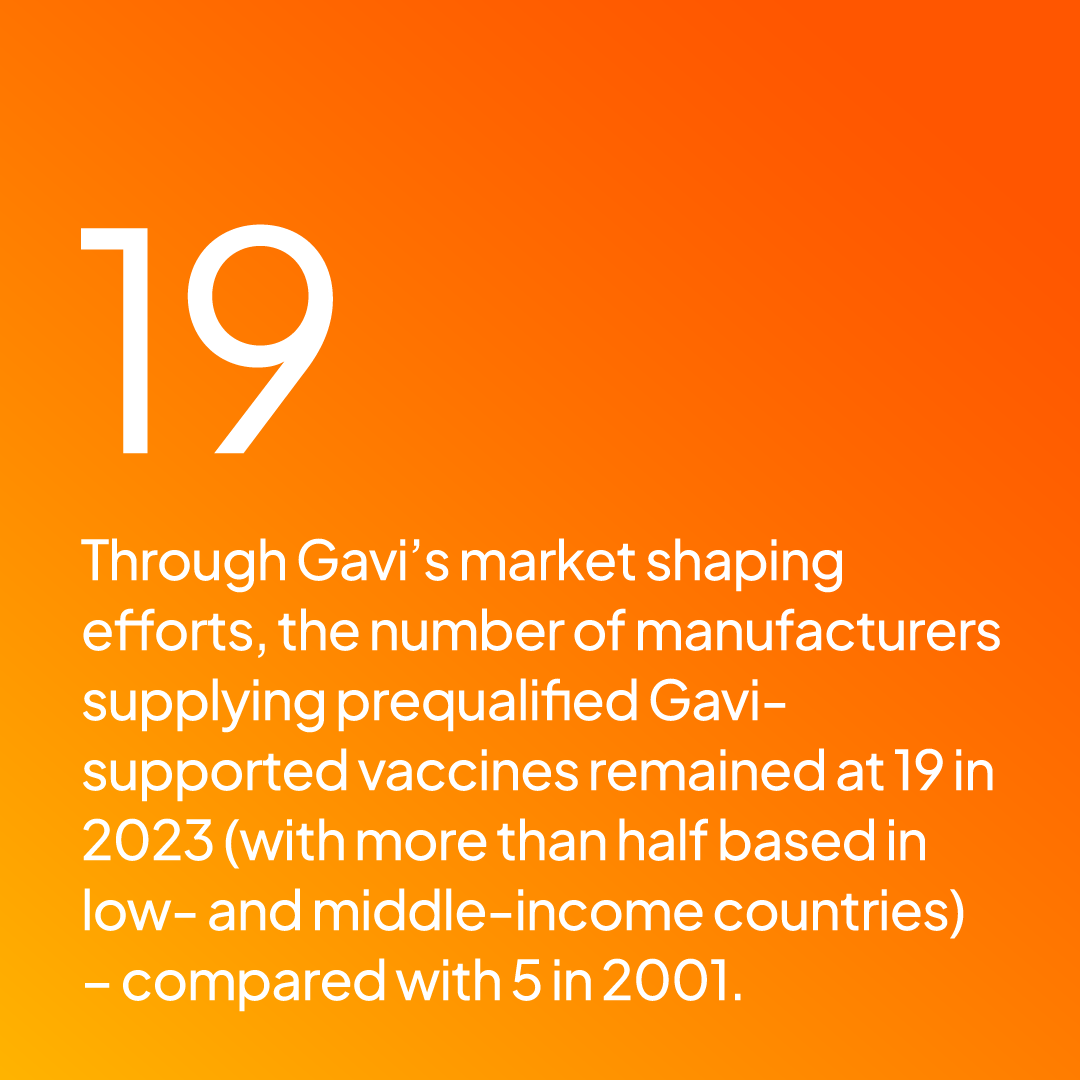
The COVID-19 pandemic showed emphatically how important it is that countries have the ability to supply their own vaccines: Gavi is supporting countries to build that capacity.
As part of these efforts, in December 2023 the Gavi approved the African Vaccine Manufacturing Accelerator (AVMA) to help catalyse the sustainable growth of vaccine manufacturing in Africa. It is designed to make up to US$ 1.2 billion available over the next decade to support the sustainable growth of Africa's manufacturing base, which could not only contribute to healthy global vaccine markets, but also benefit outbreak and pandemic prevention, preparedness, response and resilience.








